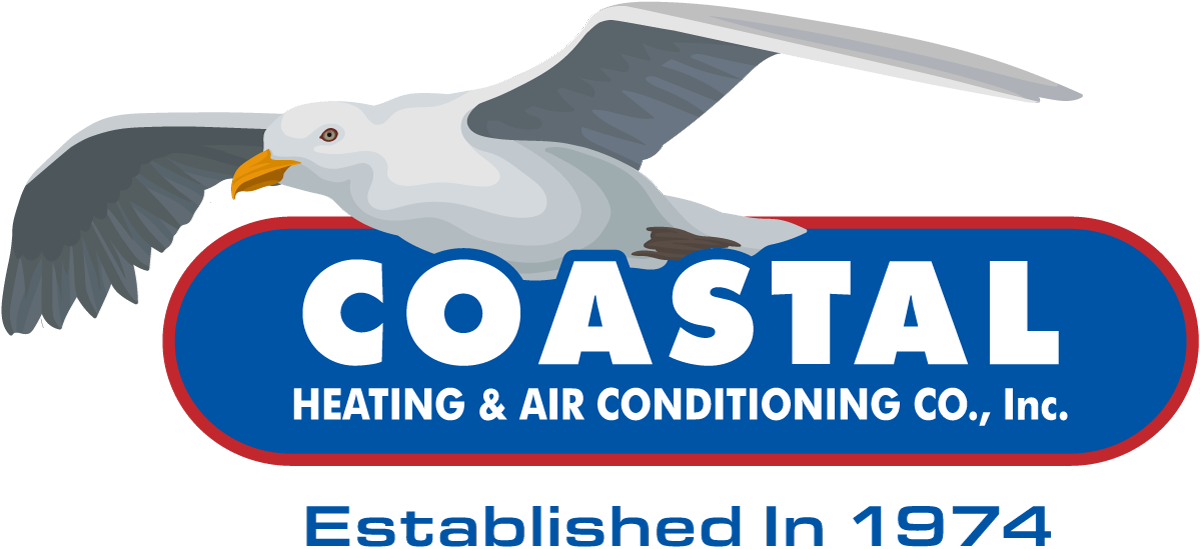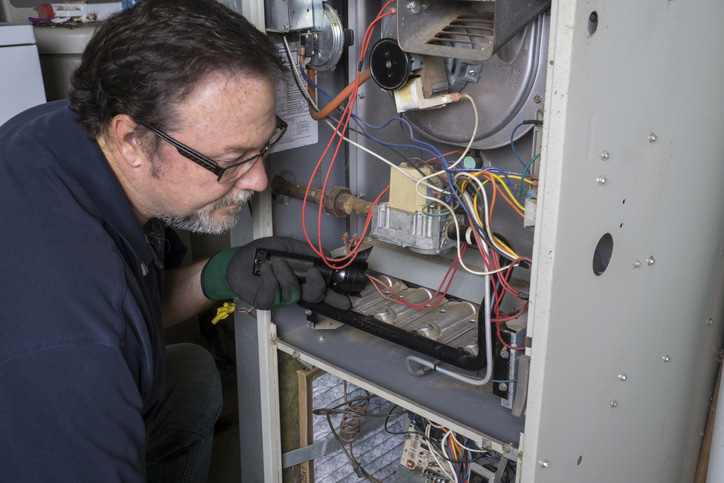Having your furnace fail in the middle of winter in Edgewater, MD, is a worst-case scenario. Thankfully, if you know what to look for, you can schedule repairs before your heating system fails completely. To make sure that you aren’t stuck in the cold, read on to learn five signs that your furnace is about to fail.
Exploding Utility Bills
If your heating bills have skyrocketed even though you haven’t been using your furnace more, this is an almost surefire sign that your system is struggling to operate efficiently. While multiple factors have the potential to damage efficiency, most of them point toward a furnace that needs repairing.
In order for your furnace to reach its maximum efficiency ratings, every component must work together exactly as designed. When a single part stops working, it places added stress on your other furnace components, which makes it impossible for the system to run efficiently. Pay close attention to your monthly electricity or gas bills, as a sharp increase typically indicates that something is wrong with your furnace.
Bizarre Noises
This sign isn’t as serious as some others, as it doesn’t always signal an impending breakdown. Still, once you start hearing odd noises, you should hire a service technician to take a closer look, as whatever problem does exist will likely only worsen if you ignore it.
Hissing noises might indicate a gas leak, which is an especially serious problem. Banging noises might mean that one of your furnace’s fan blades is loose and is striking some other object. Whistling noises, to give another example, might come from a clogged filter.
Frequent Cycling
Cycling is a normal process by which your furnace turns on when the temperature in your home is below a certain level and turns off when it rises above that level. However, if your furnace starts cycling on and off before reaching your desired temperature, this indicates that something is wrong with the system.
One possible source of the problem may not be your furnace at all. It may be that your thermostat is malfunctioning and unable to read temperatures correctly, thus sending improper signals to your furnace. Alternatively, dirty ducts, clogged filters and broken blower motors or flame sensors can all also cause this problem.
Increasingly Frequent Repairs
Timely repairs and maintenance are essential to keeping a furnace functioning optimally, but these things cannot handle every problem. After repairs, your furnace should be running well for quite some time. But if things appear to break down shortly thereafter, your system is almost surely nearing the end of its lifespan.
If you’re constantly paying for ongoing repairs, a new system is a wise investment. As a rule of thumb, if you’re spending more than 50% of the price of a new furnace on annual repairs, a new heating installation is the right choice.
Age of the Furnace
The typical lifespan of a furnace can run anywhere from 15 to 30 years. Where exactly yours will fall in this range depends on a wide variety of factors, including how often it receives professional maintenance and repairs, how often you clean it and how often you change your filters.
While you can certainly take steps to help your furnace reach that sort of lifespan, it’s unlikely that your heating system will exceed it. Once your system is old enough, the prudent thing to do is to just replace it.
If you’ve noticed any of these signs, it’s a good idea to act before wintertime temperatures plummet any further. A complete furnace failure isn’t only uncomfortable and inconvenient, but it’s also unsafe. Call Coastal Heating & Air Conditioning Co., Inc. to ask for our heating repair services around Edgewater, MD, and our team of skilled and knowledgeable service technicians will make sure that you stay warm.
Image provided by iStock



